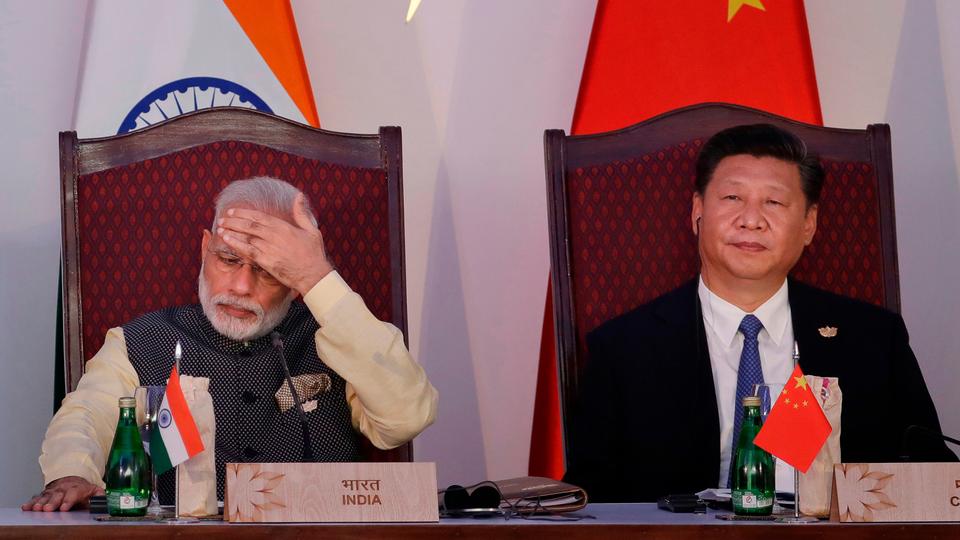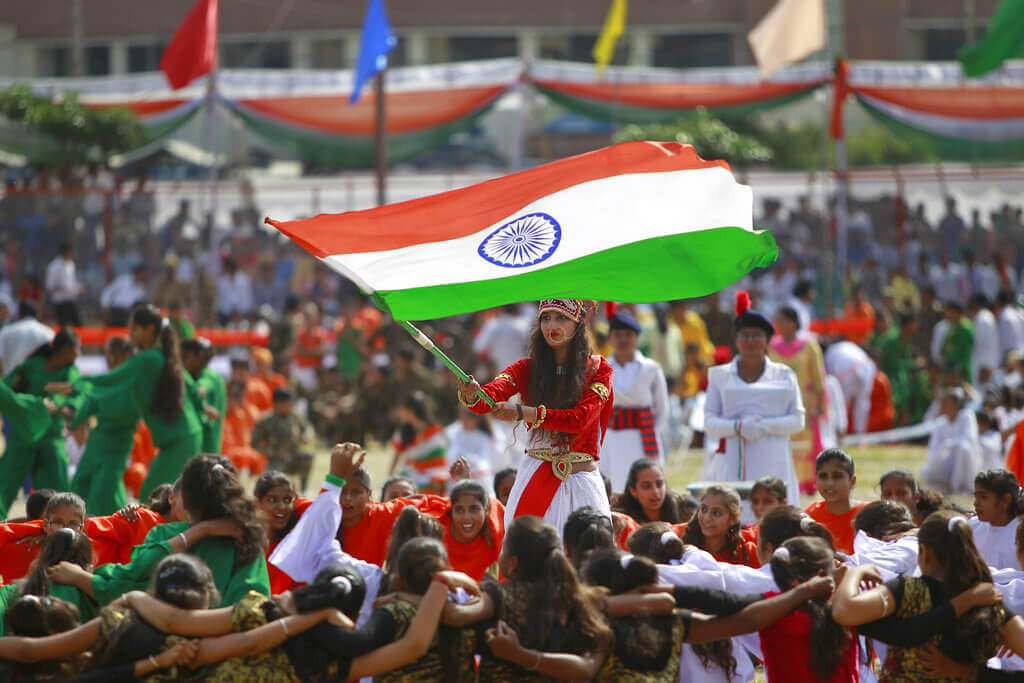According to the Associated Press, India will overtake an ageing China as the world’s most populous country by the end of this month. The achievement raises questions about whether India can replicate the economic success that has made China a worldwide economic power.
The announcement comes at a time when India is portraying itself as a rising international power by hosting the G20 Summit this year. It’s also becoming a more appealing destination for multinational corporations looking to diversify away from China.
India’s population is predicted to exceed 1.425 billion by the end of April, matching and then surpassing that of mainland China, according to a news release from the United Nations Department of Economic and Social Affairs. The forecast is based on the most recent world population estimates.
It is unclear when India’s population will surpass that of China. It could have already done so. Demographers claim that the limitations of population data make calculating a date unfeasible.
Another United Nations report released last week predicted that India would have 2.9 million more people than China by mid-year, although this was based on demographic snapshots taken at the start and middle of the year. The announcement on Monday is based on a research that attempted to predict when the population crossover would occur.

India and China conflicts
The Indian government, which has not conducted a census since 2011, has not issued an official response to the projections. When India surpasses China in population, the date will likely be amended, according to John Wilmoth, director of the United Nations’ population division, at a news conference at U.N. headquarters in New York.
“The precise timing of this crossover isn’t known, and it never will be known,” Wilmoth added. “There is some uncertainty in the data.”
India and China are neighbours with a complicated relationship that includes strong trade connections as well as a long-running border conflict. India, the world’s largest democracy, is increasingly seen as a counterweight to China by the United States and its allies.
Their interests, however, do not always coincide. Unlike much of the rest of the West, India has refrained from denouncing its Cold War partner Russia over its war in Ukraine, instead remaining neutral even as its purchases of Russian oil have increased.
According to observers, India’s sheer size and young population allow it to mimic China’s economic trajectory.
Starting in the 1990s, young workers rushed into China’s cities to take factory jobs, fueling the boom that saw China become the world’s second-largest economy.
However, China’s population peaked in 2022 and has since begun to decline. According to the United Nations, its population could fall below one billion by the end of the century. According to United Nations data, the country’s old population is growing while its birth rate continues to fall, from 1.7 infants per woman in 2017 to 1.2 in 2022.

World’s largest youthful population
India, on the other hand, has the world’s largest youthful population, a greater fertility rate, and has consistently seen a decline in infant mortality. Experts warn against panicking over overpopulation because the country’s fertility rate has been progressively declining, from more than five children per woman in the 1960s to two in 2022. The population of India is predicted to stop rising and stabilize around 2064.
“The main driver is the levels of fertility in these two countries,” Wilmoth explained.
Historic reforms in the 1990s fueled phenomenal growth, and India’s $3 trillion economy is now the world’s fifth-largest, with high-skilled industries soaring.
However, India’s economy remains far behind that of China. According to 2021 World Bank data, the two nations had roughly identical per capita incomes in 1970, but currently China’s GDP is $12,556 per person, compared to India’s $2,256.
Economists warn that as India’s GDP has increased, so has unemployment. Approximately 80% of Indian workers continue to work in informal occupations, which are often unstable, low-paying, and provide little to no benefits. Nonetheless, Wilmoth believes that India will profit from what is known as a “demographic dividend,” which occurs when the growing working-age population stimulates rapid economic growth.
Because of India’s large population, many difficulties play out on a grand scale, whether it’s dealing with the growing threat of climate change, inequities between urban and rural populations, a diminishing number of women in the workforce, or a deepening religious difference.
“For this century to belong to India, it must make the most of its demographic advantage,” said Brahma Chellaney, a strategic affairs professor at the Centre for Policy Research. “China’s demographic crisis is timely for India’s growth — but only if it can find enough good-quality employment for its teeming youth.”



